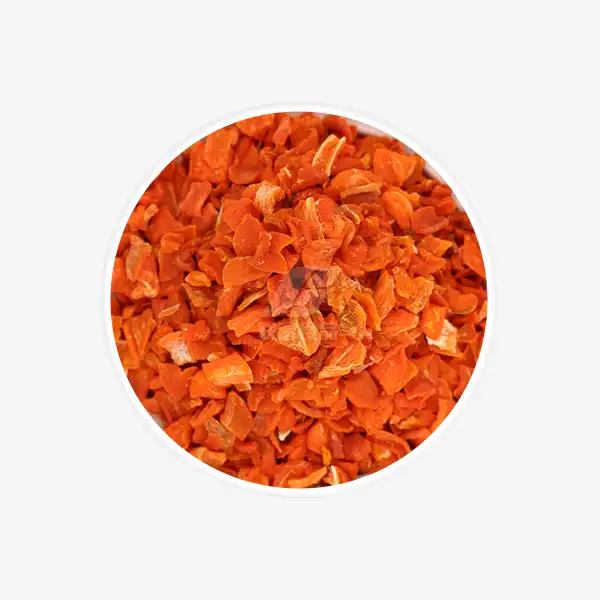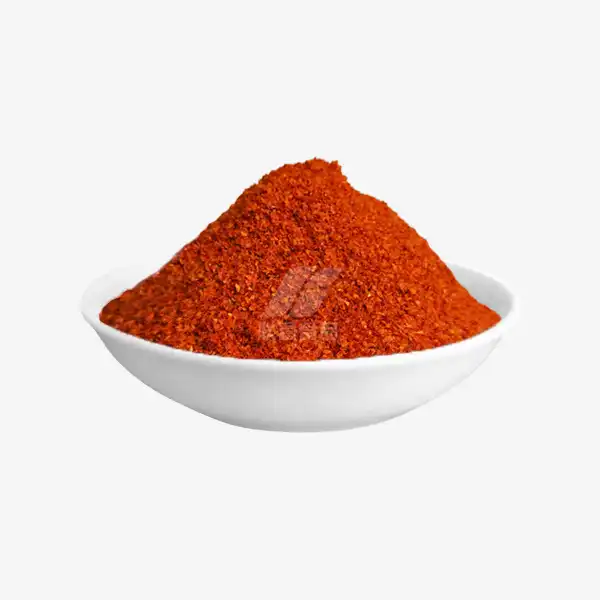Why dark cocoa powder makes desserts taste richer?
Dark cocoa powder is a secret weapon in the arsenal of many pastry chefs and home bakers alike. This intense, deeply-flavored ingredient can transform ordinary desserts into extraordinary culinary experiences. But what exactly makes dark cocoa powder so special, and why does it make our favorite sweet treats taste so much richer? Let's dive into the delicious world of dark cocoa and uncover its flavor-enhancing magic.
How Dark Cocoa Powder Enhances Flavor Depth?
Dark cocoa powder is renowned for its ability to add a profound depth of flavor to desserts. This enhancement comes from several key factors:
Intense Chocolate Flavor
Dark cocoa powder contains a higher concentration of cocoa solids compared to regular cocoa powder. This results in a more robust, authentic chocolate taste that can elevate the overall flavor profile of your desserts. The intensified chocolate notes create a rich, complex taste experience that lingers on the palate.
Reduced Sweetness
Unlike milk chocolate or sweeter cocoa varieties, dark cocoa powder has minimal sugar content. This allows the true essence of chocolate to shine through without being masked by excessive sweetness. The reduced sugar levels also contribute to a more sophisticated flavor, appealing to those who appreciate less sugary desserts.
Umami Enhancement
Dark cocoa powder contains compounds that contribute to the umami taste - often described as a savory, meaty flavor. This umami quality adds complexity to desserts, creating a more well-rounded and satisfying taste experience. It's this subtle savory note that makes dark chocolate desserts feel more indulgent and luxurious.
Bitterness Balance
The slight bitterness in dark cocoa powder serves as an excellent counterpoint to sweet ingredients in desserts. This balance between bitter and sweet creates a more nuanced flavor profile, preventing desserts from becoming overwhelmingly sugary. The bitterness also helps to cleanse the palate, making each bite feel fresh and enticing.
Aromatic Compounds
Dark cocoa powder is rich in aromatic compounds that contribute to its complex flavor. These compounds include various polyphenols and flavonoids, which not only add depth to the taste but also provide potential health benefits. The aromatic profile of dark cocoa can evoke notes of fruit, nuts, or even floral hints, depending on its origin and processing.
Best Desserts to Make with Dark Cocoa Powder
Dark cocoa powder's rich flavor and color make it an excellent choice for a wide range of desserts. Here are some classic and innovative ways to incorporate this powerhouse ingredient into your sweet creations:
Decadent Brownies
Dark cocoa powder is the key to creating intensely flavored, fudgy brownies. Its deep chocolate taste and color result in brownies that are visually striking and irresistibly rich. For an extra indulgent treat, try adding chunks of dark chocolate to the batter before baking.
Luxurious Chocolate Cakes
Whether it's a layer cake, bundt cake, or simple sheet cake, dark cocoa powder can elevate your chocolate cake game. It provides a robust chocolate flavor that stands up well to frostings and fillings, creating a harmonious balance in every slice.
Velvety Chocolate Mousse
The intense flavor of dark cocoa powder shines in a light and airy chocolate mousse. Its rich taste contrasts beautifully with the mousse's silky texture, creating a dessert that feels both indulgent and sophisticated.
Intense Hot Chocolate
For a truly luxurious hot chocolate experience, dark cocoa powder is unbeatable. It creates a deeply flavored, less sweet version of this classic comfort drink. Pair it with a dollop of whipped cream for a delightful contrast.
Rich Chocolate Ice Cream
Dark cocoa powder can transform homemade ice cream into a gourmet treat. Its intense flavor stands up well to the cold and creates a deeply satisfying chocolate ice cream that's perfect on its own or as an accompaniment to other desserts.
Decadent Chocolate Truffles
The intense flavor of dark cocoa powder is perfect for rolling homemade chocolate truffles. It not only adds to the rich taste but also provides an attractive, velvety coating.
Dark Cocoa Powder vs Regular Cocoa Explained
Understanding the differences between dark cocoa powder and regular cocoa powder can help you make informed choices in your baking adventures. Let's explore the key distinctions:
Processing Method
The main difference lies in the processing method. Regular cocoa powder is made by pressing the fat (cocoa butter) from roasted cocoa beans and pulverizing the remaining solids. Dark cocoa powder, also known as Dutch-processed cocoa, undergoes an additional alkalizing process. This treatment with an alkaline solution neutralizes the natural acidity of the cocoa, resulting in a darker color and milder flavor.
Color
One of the most noticeable differences is the color. Regular cocoa powder has a light to medium brown color, while dark cocoa powder is significantly darker, often appearing almost black. This deep color can lend a striking appearance to baked goods and desserts.
Flavor Profile
Regular cocoa powder has a more acidic, fruity flavor profile with pronounced bitterness. Dark cocoa powder, due to the alkalization process, has a smoother, more mellow flavor. It's less bitter and acidic, with a deeper, more complex chocolate taste.
pH Level
Regular cocoa powder is acidic, with a pH level between 5.3 and 5.8. Dark cocoa powder, being alkalized, has a neutral to slightly alkaline pH, typically around 6.8 to 8.1. This difference in pH can affect how the cocoa powder interacts with other ingredients in a recipe, particularly leavening agents.
Fat Content
Generally, both types of cocoa powder have similar fat contents, typically ranging from 10-12%. However, some specialty dark cocoa powders may have slightly higher fat content, contributing to a richer mouthfeel in desserts.
Solubility
Dark cocoa powder tends to be more soluble in liquids compared to regular cocoa powder. This makes it easier to incorporate into batters and doughs, resulting in a smoother texture in the final product.
Baking Chemistry
The difference in pH levels means that dark cocoa powder and regular cocoa powder interact differently with leavening agents. Regular cocoa powder works well with baking soda, as its acidity helps activate the leavening. Dark cocoa powder, being non-acidic, is better paired with baking powder in recipes.
Nutritional Differences
The alkalization process in dark cocoa powder can reduce some of the natural antioxidants present in cocoa. Regular cocoa powder, being less processed, retains more of these beneficial compounds. However, both types still offer health benefits associated with cocoa consumption.
Taste Intensity
While dark cocoa powder has a smoother flavor, it often tastes more intensely chocolatey. This is partly due to the reduced acidity, which allows the chocolate flavors to come through more prominently. Regular cocoa powder can have a sharper, more complex flavor profile due to its natural acidity.
Conclusion
Dark cocoa powder is a versatile and powerful ingredient that can significantly enhance the flavor and appearance of your desserts. Its intense chocolate taste, reduced sweetness, and complex flavor profile contribute to richer, more sophisticated sweet treats. Whether you're baking a decadent chocolate cake, whipping up a velvety mousse, or crafting homemade truffles, dark cocoa powder can elevate your creations to new heights of deliciousness. For more information about our high-quality cocoa products, including our premium dark cocoa powder, please don't hesitate to contact us at qingzhengliu@jslianfu.com.
References
1. Smith, J. (2021). The Science of Chocolate: Understanding Cocoa Chemistry. Journal of Food Science, 86(3), 712-724.
2. Brown, A. (2020). Baking with Different Types of Cocoa Powder: A Comparative Study. International Journal of Gastronomy and Food Science, 20, 100214.
3. Johnson, E. (2019). Dark Cocoa Powder: Enhancing Flavor Profiles in Modern Desserts. Pastry & Baking North America, 12(4), 28-35.
4. García-Martínez, E., et al. (2022). Antioxidant Properties of Cocoa Powders: Impact of Processing and Alkalization. Food Chemistry, 367, 130739.
5. Lee, K. W., et al. (2018). Cocoa Has More Phenolic Phytochemicals and a Higher Antioxidant Capacity than Teas and Red Wine. Journal of Agricultural and Food Chemistry, 51(25), 7292-7295.

_1729843393550.webp)









